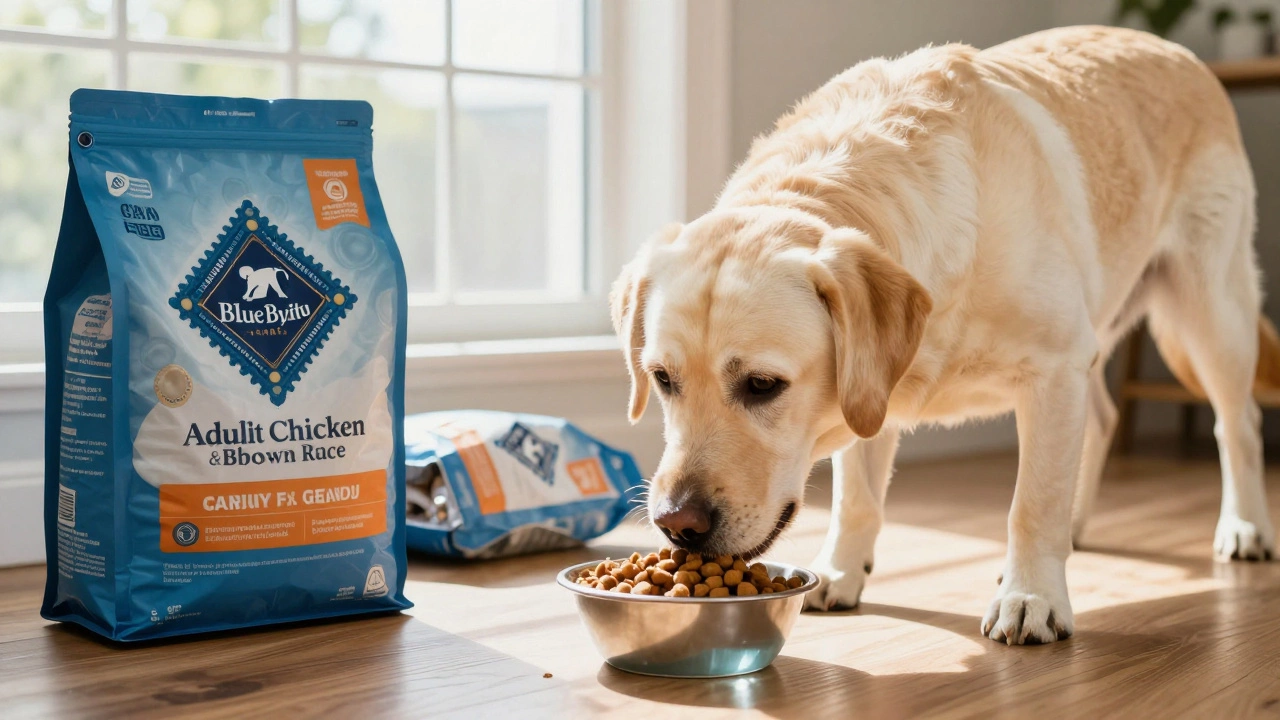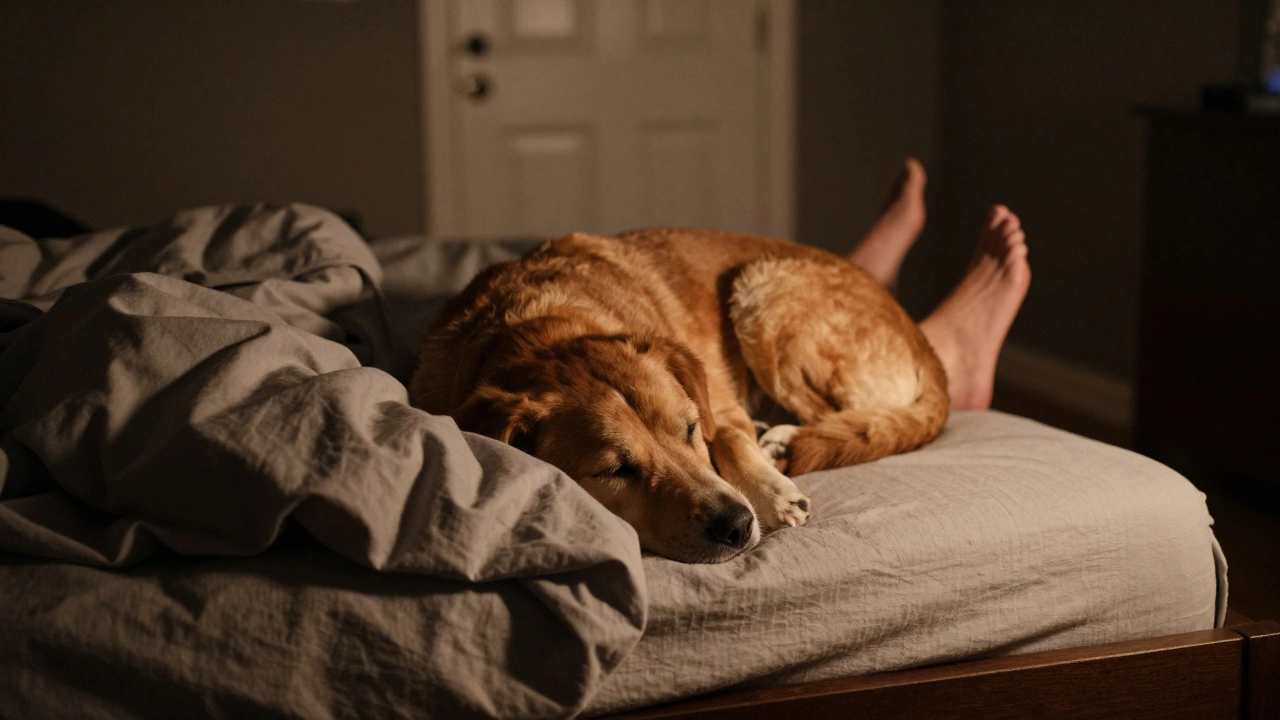Dog Walking Jobs
When talking about dog walking jobs, positions that let you earn by exercising dogs for owners who need help. Also known as dog walker positions, they blend responsibility, exercise, and animal love. Pet sitting offers in-home care when owners are away often pairs with walking gigs, giving workers a fuller schedule. Likewise, Dog training teaches obedience and tricks boosts a walker’s value, while Dog grooming keeps coats clean and healthy rounds out the skill set many clients look for.
Dog walking jobs encompass pet care services that go beyond a simple leash walk. A typical day might involve short city strolls, long countryside hikes, and quick bathroom breaks, depending on the dog’s breed and energy level. Walkers need basic knowledge of canine behavior, so they can spot stress signals and keep pets safe around traffic and other animals. That knowledge often overlaps with dog training techniques, such as positive reinforcement, which helps reinforce good leash manners during walks.
Why These Jobs Matter for Pet Owners and Workers
For owners, hiring a reliable walker means their dog gets consistent exercise, reducing anxiety and preventing weight gain. Consistent walks also improve socialization, which ties directly into training outcomes—well‑socialized dogs are easier to teach new commands. From a worker’s perspective, combining walking with pet sitting or grooming creates multiple income streams, making the role more financially stable. Many UK owners prefer a single trusted professional who can handle walks, feeding, and occasional baths, so a multi‑skill walker often commands higher rates.
In South Tyneside, seasonal weather influences how walkers plan routes. Rainy days call for shorter, indoor‑friendly routes, while summer invites longer park outings. Understanding local parks, dog‑friendly beaches, and traffic patterns is a key attribute that separates a novice walker from a seasoned professional. This local knowledge also helps with compliance; walkers must follow council rules about leashing and waste disposal, which directly affects client satisfaction.
Safety is another core element. Walkers should carry a basic first‑aid kit, know how to read a dog’s body language, and have emergency contacts ready. Many walkers also carry portable water bowls and waste bags, ensuring dogs stay hydrated and neighborhoods stay clean. These practical steps tie back to the broader pet care ecosystem, where grooming and training professionals also emphasize hygiene and health monitoring.
When it comes to earnings, dog walking jobs can vary widely. Rates depend on factors like the length of the walk, the number of dogs, and whether extra services like feeding or grooming are included. Some walkers charge per hour, while others offer package deals for weekly visits. Understanding these pricing models helps both walkers set competitive rates and owners budget for quality care.
Technology plays a role, too. Many walkers use apps to schedule routes, log walk times, and share photos with owners. This transparency builds trust and mirrors the communication style seen in modern pet sitting services. Apps also often integrate payment processing, making it easier to track income across multiple job types.
Below you’ll find a curated collection of articles that dive deeper into each of these areas—whether you’re curious about the best calming aids for dogs on flights, how to pick the right grooming tools, or tips for safe pet travel. The posts cover everything from health supplements to legal pet policies, giving you a full picture of the pet‑care world that surrounds dog walking jobs.
Rover vs Wag: Which Platform Is Better for Dog Walkers and Pet Sitters?
Compare Rover and Wag side‑by‑side to see which pet‑care gig offers better pay, flexibility, safety and support for dog walkers and pet sitters.






